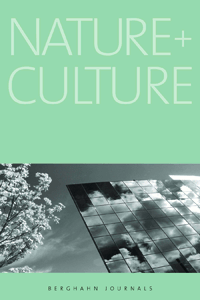August 18, 2016
By: James Miller
[caption id="attachment_609" align="alignright" width="212"] Routledge Handbook of Religion and Ecology [/caption] James Miller Prepublication draft from Routledge Handbook of Religion and Ecology edited by Willis Jenkins, Mary Evelyn Tucker and John Grim, New York: Routledge 2016, 181-189 As the third largest country in the...
Read the full post »
May 12, 2014
By: James Miller
In this three minute video presentation, I give good reasons why we should be optimistic about how China is dealing with its environmental issues, and how the whole world can benefit. You can read the full story on my blog....
Read the full post »
October 1, 2013
By: James Miller
James Miller. 2013. "Is Green the New Red? The Role of Religion in Creating a Sustainable China." Nature and Culture 8.3: 249-264. http://dx.doi.org/10.3167/nc.2013.080302 Abstract The Chinese Daoist Association has embarked upon an ambitious agenda to promote Daoism as China’s “green religion”. This new construction...
Read the full post »



